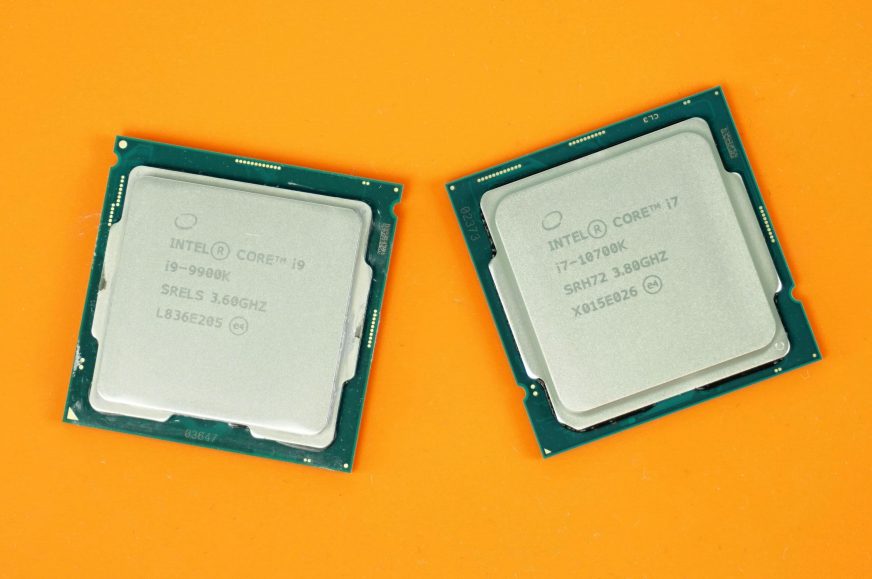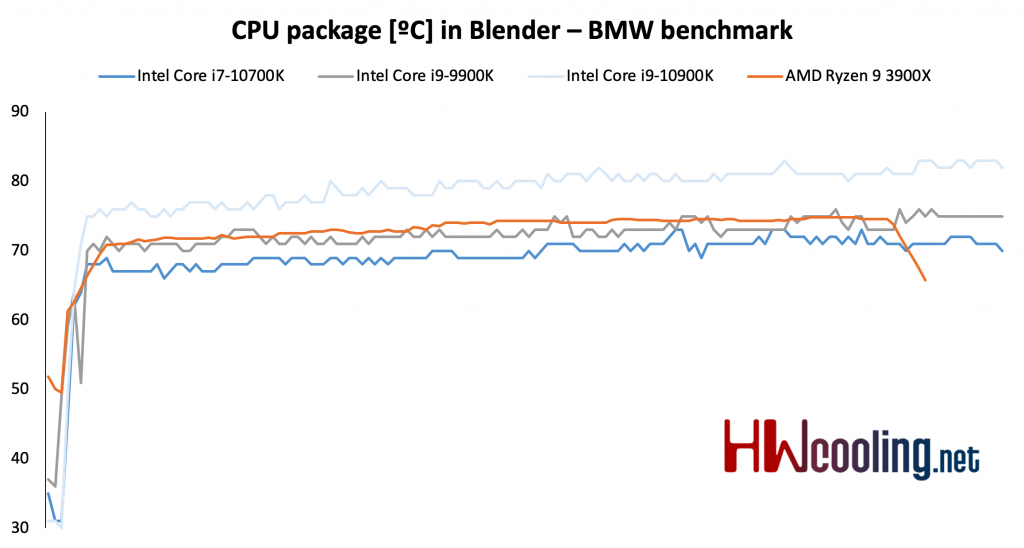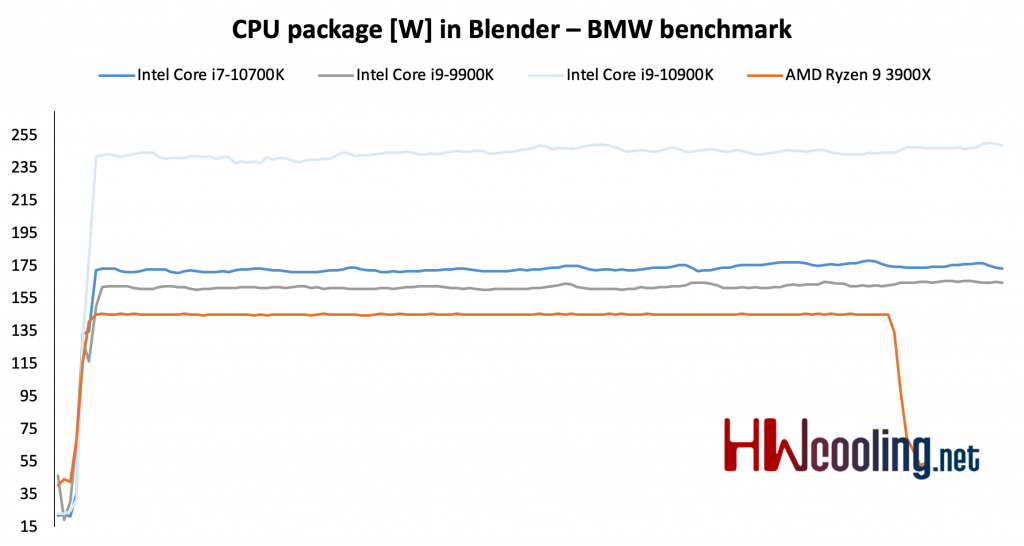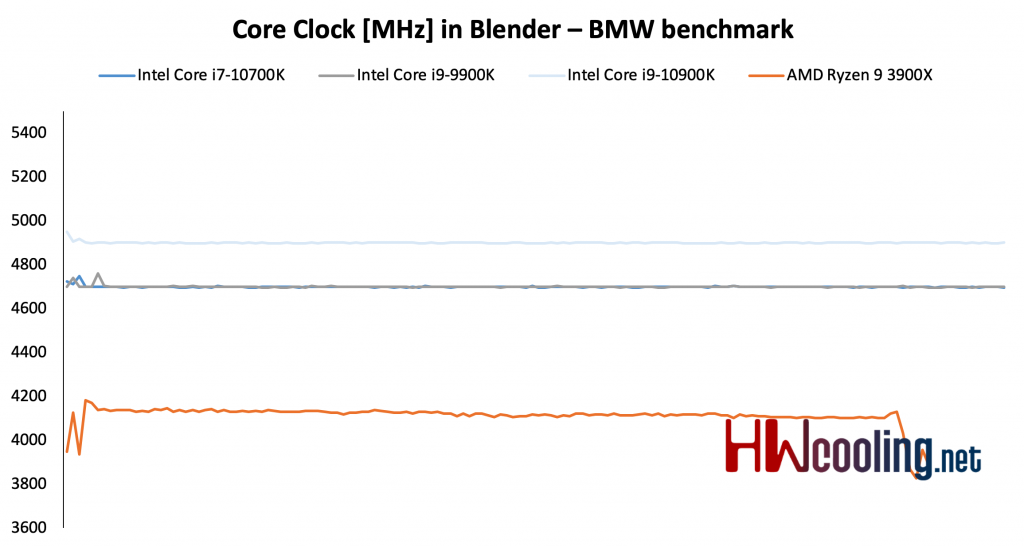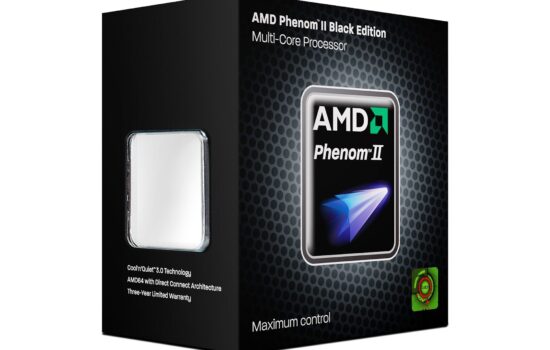Heating and power draw
In the latest Core i9-10900K test, we found it to be great for high fps games, but the power draw, price and performance are not as good as the competition, AMD, offers. Intel still maintained its lead in games, but the 10900K is definitely not an ideal processor. If games are your priority, the alternative may be the Core i7-10700K which is actually just a redesignated and slightly modified Core i9-9900K.
Heating
Improved internal structure of the processor was reflected in a significantly lower heating of 10700K compared to 9900K which deserves attention.
Temperatures in real life show that there is a difference between the 10700K and 9900K. It is usually around 3–6 degrees Celsius. The 9900K almost copies the 3900X’s curve and the 10900K is significantly higher with temperatures.
Power draw
On the contrary, the power draw is as bad as that of 9900K and even 2–3% worse. Bad because the 12-core AMD has 30% lower CPU package power draw and 3–5% less system power draw, despite the power-thirsty chipset and PCIe 4.0 SSDs which will also play a role in system power draw.
Tests in Blender clearly confirm a slightly higher power draw of 10700K compared to 9900K. The older processor moves around 160–165 W and the newer around 172–178 W. Ryzen with 145 W is much less power-thirsty, on the contrary, the 10900K with 250 W has nothing to boast about.
Clock speed
Since the new Core i7 did not get all the features of the Core i9, i.e. Thermal Velocity Boost, the all core turbo of the 10700K is identical to the 9900K, i.e. 4.7 GHz. This was confirmed in Blender. The 10900K stays at 4.9 GHz and the 3900X is around 4100–4150 MHz.
- Contents
- Tuned Core i9-9900K
- Rendering and Geekbench
- Gaming, graphics tests and PC/3DMark
- Encryption, encoding and memory tests
- Heating and power draw
- Rating





